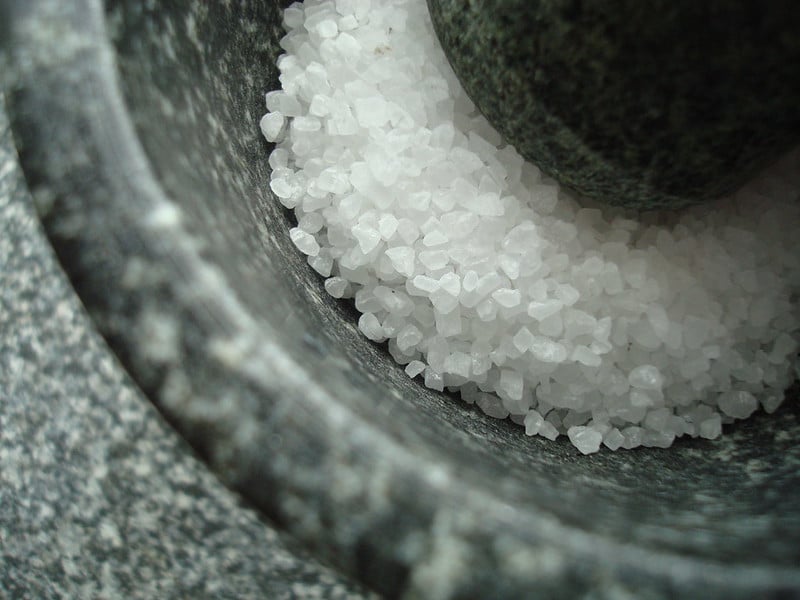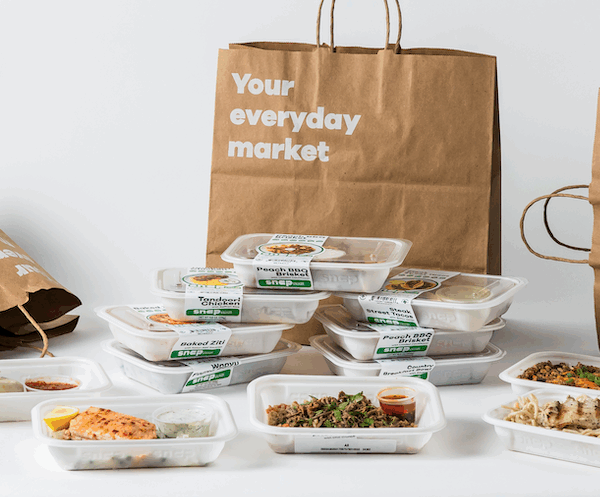Though sodium has long been vilified as something to shy away from and limit, it’s actually essential for health. Health benefits aside, it also makes food taste pretty delicious if you ask us. Let’s face it – without salt, food would be pretty bland. Today, we’re breaking down some of the different types of salt, which we prefer, and how to incorporate them into your meals!
What is Salt?
Salt is a mineral made of the elements sodium (Na) and chlorine (Cl). Salt is essential for your body for a few reasons, including helping your brain and nerves send electrical impulses.
Though salt is often considered to raise blood pressure, there’s a complex interplay between sodium and potassium that often isn’t taken into account. Additionally, the type of salt is rarely considered in these situations. Instead of focusing on overall salt intake, it’s best to focus on eating plenty of whole, unprocessed foods. If you’re eating in this way, salting your food with high-quality salt typically isn’t a problem.
Our Favorite Salts and When to Use Them
There are dozens of types of salt to choose from, so we figured we’d narrow down the list a bit! We prefer sea salt to other types of salt (like iodized table salt) because it contains more beneficial minerals and is less processed. See below for some of our top picks!
Kosher Salt
A favorite of chefs and amateur cooks alike, kosher salt is a must if you do a lot of cooking at home. It has a light but coarse texture and dissolves easily during cooking. We love using it to cook up a delicious grass-fed ribeye, but it’s great on meat and veggies alike. It’s great for spice and seasoning blends since it’s made up of larger crystals that adhere to food easily. Like the other salts on our list, we like kosher salt because it doesn’t contain any additives.
Himalayan Pink Salt
Himalayan pink salt is harvested from the Khewra Salt Mine in the Himalayan Mountains of Pakistan. This variety of salt is extremely mineral-rich, with 84 naturally occurring minerals. Himalayan pink salt is often on the pricier side, so it’s often used as a finishing salt before eating. Because of its high mineral content, some also use it as a natural source of electrolytes in water.
Sea Salt
Sea salt is generally produced by evaporating seawater, and different varieties often get named according to where they were harvested. Harvest location also impacts how salty a particular sea salt is. Just like Himalayan pink salt, sea salt contains a lot of trace minerals that we could all use more of in our diets. Sea salt is great for cooking or finishing. This is the salt we use most often in Snap’s kitchens.
Flake Salt
Flake salt, often found in stores branded as Maldon, is harvested from evaporated seawater. This type of salt is often found in the shape of mini pyramids and is light and thin. Flake salt has a much lower mineral content than sea salt or Himalayan pink salt. It’s got a fairly high price tag, so it’s often used as a finishing salt. Pro tip: flake salt is great on top of baked goods like cookies or brownies.
So which salt option is right for you? There are lots of great options out there. It largely depends on your budget and what you’re cooking up! They all have their benefits. If you want to skip the cooking and have dinner made for you instead (with sea salt to boot!), we’ve got you covered with healthy and fresh prepared meals. Check out all of our options here.





Leave a Reply
No Comments